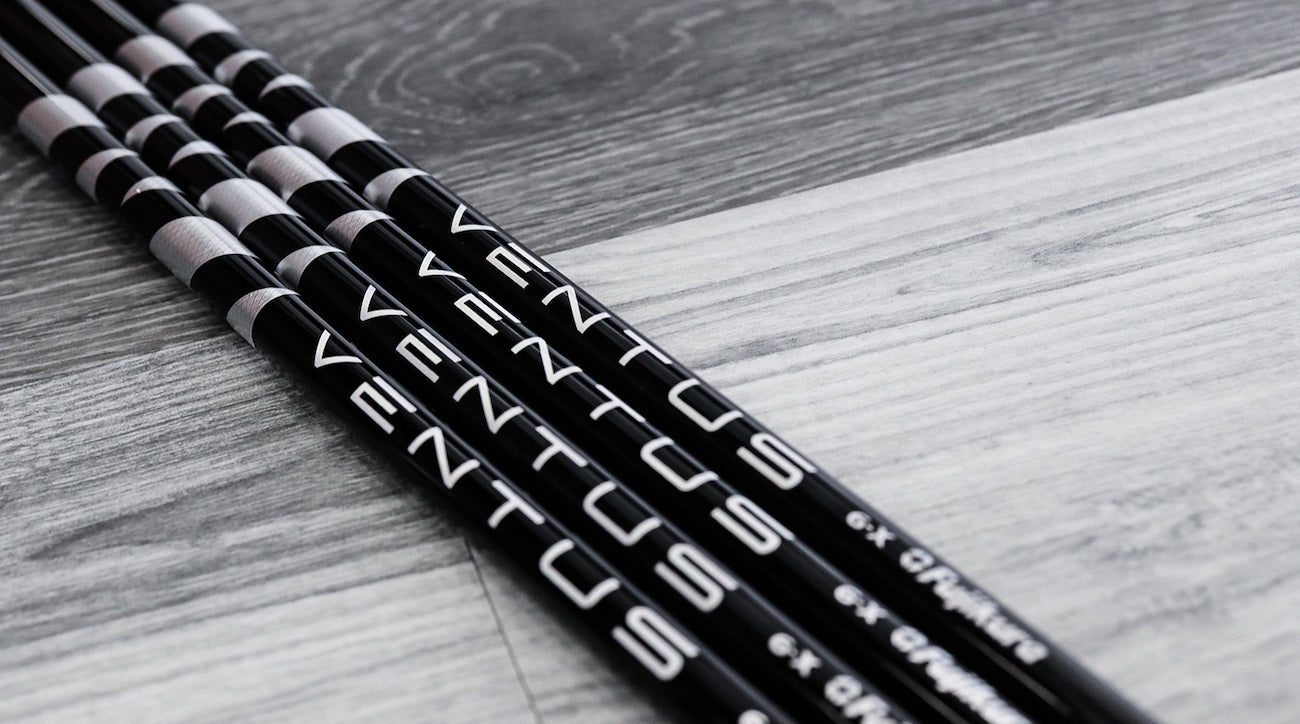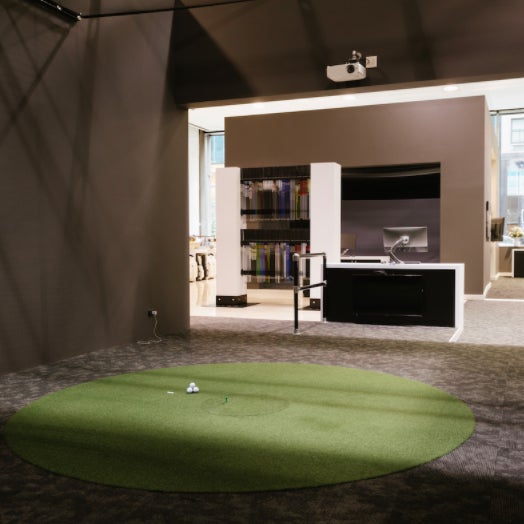Red, Blue or Black? Explaining the differences between Fujikura’s Ventus shafts

Welcome to a new shaft series sponsored by Fujikura Golf, one of the industry leaders in shaft design and development, and presented in conjunction with GOLF affiliate True Spec Golf, a premium club-fitter and builder with over 20 studios across the globe.
Narrowing down your search for the perfect driver shaft to one brand can be a tough proposition. With so many worthy options on the market, it’s important to try a handful before making the final decision.
The most-played driver shaft (19.74 percent) and wood model (14.9 percent) on the PGA Tour during the 2020-21 season, Fujikura’s Ventus was originally released in a Blue profile back in 2019 but has since expanded to include Black and Red models to fit specific player profiles.
“When we saw the adoption rate and performance improvements with VeloCore in the Blue Ventus, we knew we had a winner,” said Pat McCoy, Fujikura’s director of tour operations. “Like with Atmos Tour Spec, we expanded the line of Ventus to provide players and fitters with three different profile options to really fine-tune their performance numbers. As we know, one size does not fit all with clothing or golf shafts. We wanted to offer more than just one profile of Ventus.”
Even at $350 per shaft, Ventus has taken a significant piece of the aftermarket pie as the highest-grossing (plus volume) shaft in the industry.
“Our biggest sellers currently are the Ventus product, Vista Pro, and the new Sakura,” said Kris McCormack, True Spec’s vice president of tour and education. “We also do pretty well with the Speeder and Motore lines.”
Fujikura Ventus
Having a successful shaft line on Tour and at retail is a feather in the cap for Fujikura, but the fact remains the product needs to perform during testing to earn a spot in the bag. It’s one of the reasons why golfers should always link up with a certified club-fitter before the credit card comes out.
A fitter should be able to narrow down the options and produce at least five or six shafts that get the conversation started. For Fujikura’s Ventus, here’s a look at what you can expect from each model in the lineup.
Ventus Blue (R2, R, S, X)
With a mid-launch and low spin, the Blue profile sits firmly in the middle of the Ventus lineup. Developed around Fujikura’s successful VeloCore Technology, the proprietary multi-material bias construction is designed to boost clubhead performance by generating an efficient energy transfer at impact.
“Its identity is to reduce twisting and increase the MOI of the club,” said Marshall Thompson, Fujikura’s fitting and tour representative. “So what you have is material going at a 0-degree angle that affects bending, and some that goes at a 45-degree angle — called the bias sheet — that affects twisting stiffness. We did a multi-material bias core with a full-length pitch 70-ton material that’s three times stronger than T1100G. By having that, it minimizes twisting, at least from what we saw on Enso, and increases horizontal and vertical impact locations. It was most centered by everything we’ve tested from our own lineup and competitor offerings.”
In layman’s terms, golfers should expect to see more center-face contact and control with Ventus. That should come as a welcomed sight for those who struggle to find the fairway off the tee.
An accelerated taper design was also included that enhances loading and overall feel during the swing.
“The straight taper design, or an accelerated taper, allows you to load the shaft more efficiently so you get a little bit more speed and feel in the hand,” Thompson continued. “So not only are you getting a bit more load, but it comes with more center-face contact. It’s the total package.”
In addition to the wood shaft designed for drivers and fairway woods, Ventus Blue is offered in a hybrid version (Ventus Blue HB) for hybrids and utility irons as well.
True Spec Golf club fitting
Ventus Red (R2, R, S, X)
While the EI profiles of Ventus Red and Black differ slightly from Blue, the overall technology remains the same. Each shaft is developed around Fujikura’s VeloCore Technology with an accelerated taper design to amplify load and feel.
With a more active tip section, the Red profile is designed to achieve a slightly higher launch and spin rate than Blue. The shaft has already found a home in the bags of Justin Thomas and Adam Scott, who’ve used the shaft at various points this season.
In Scott’s case, his propensity for “covering” the ball at impact — in other words, he doesn’t hit up on the ball with driver — tends to make the ball launch lower, reducing overall carry distance.
For the former Masters champion, Ventus Red allowed him to swing the driver without making any manipulations to achieve ideal launch and carry numbers when paired with Titleist’s TSi2 head.
Ventus Black (S, X, TX)
The beefiest profile in the lineup, Ventus Black is geared for higher swing speeds with a noticeably lower launch and spin rate that’s made possible via a reinforced butt and tip section. Reinforcing the tip helps stabilize the shaft at impact, particularly on shots that catch the heel and toe.
Reducing torque is a massive benefit for golfers on the higher end of the speed spectrum who require a stable profile to minimize mishits.
And if you’re looking for a good player comp that fits this profile, just know Dustin Johnson employed a Ventus Black in his TaylorMade SIM driver during the 2020 Masters victory. Johnson has more than enough speed in the tank, so take that into consideration before you hop on the Black bandwagon with a swing speed under 105 mph.
Want to overhaul your bag for 2021? Find a fitting location near you at GOLF’s affiliate company True Spec Golf. For more on the latest gear news and information, check out our latest Fully Equipped podcast below.












